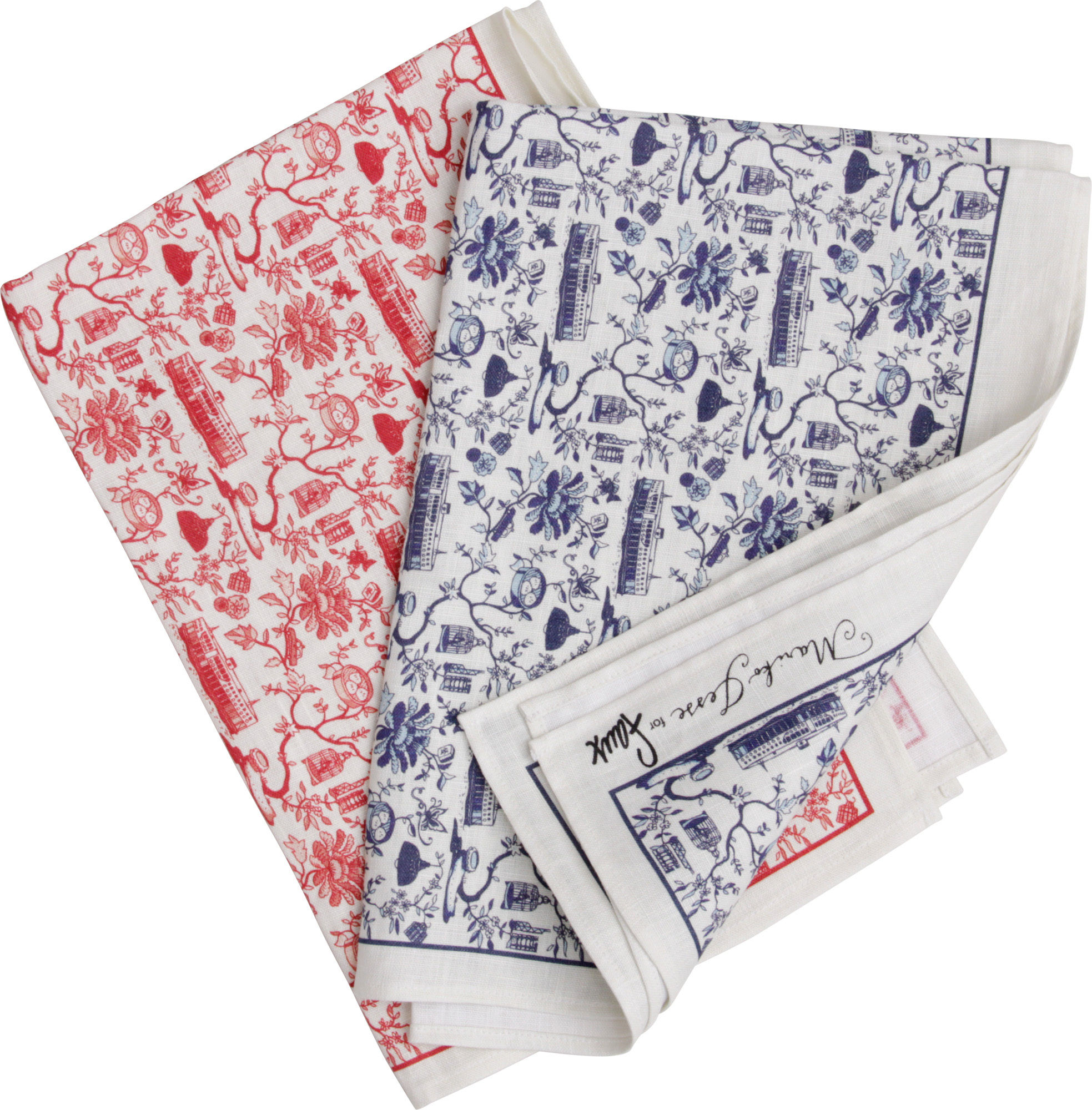How to live a more sustainable lifestyle
The recent events surrounding the coronavirus have brought our world to a standstill, and while these are indeed unprecedented times, it has given us a moment to pause and reflect on the deteriorating health of our planet. The reduction in human activity has led to a drop in pollution levels and greenhouse gas emissions, giving our planet a break from another global crisis, climate change. Amidst social distancing and staying at home, we are reminded to slow down and reflect on the small steps we can take to be kinder to Mother Nature, and in today’s post, we share some simple tips to help you live a more sustainable lifestyle.
Invest in sustainable, quality furniture
With the challenges our world is facing, people are becoming more conscious of their purchasing habits and how it may have implications on the environment. With this in mind, there has been a shift towards investing in sustainable, quality furniture pieces that are made to last, thereby discouraging a throw-away culture.

Featured: Light frame bed | Light frame bedside table | Sophisitcated wall shelf | Mozaic rack | kd wardrobe
The Forest Stewardship Council is an international non-profit organisation that encourages responsible forestry and is one of the many ways you can ensure that the wooden furniture you invest in is sustainable. Its globally reputed forest certification system ensures that our eco-wood pieces have been made from wood found in responsibly managed forests or reclaimed from FSCÔ-certified sources. Thus, while wood is indeed harvested, it is done so without depleting our forests and thereby protects and maintains our world’s biodiversity.
Many of our signature solid teak collections are FSCÔ-certified, so you can rest assured you’re getting the real sustainable deal! You can learn more about the other ways our furniture pieces meet the highest standards of sustainability here.
Use natural light where and when possible
In our recent post, we delved into light pollution and the impact it has on our planet. Studies have revealed just how much energy is wasted on electricity consumption alone. In the United States, 30 percent of outdoor lighting is wasted and amounts to 21 million tonnes of carbon dioxide per year. In 2016, residential and consumer sectors in Hong Kong consumed about 43,120,000 gigajoules and 103,881,000 gigajoules of electricity. That amounts to over 52 million tonnes of carbon dioxide entering our atmosphere, which is alarming given Hong Kong’s population is 2.25 percent of the United States’!

Featured: Terra glow lighting
These staggering amounts of carbon dioxide emissions can contribute to climate change, but by making small changes in our day-to-day life, we can minimise our use of electricity as well as its impact on our environment. We like to recommend keeping your blinds open during the day and making the most use out of natural light when and where possible. If indoor lighting is needed, we would recommend using energy-efficient light bulbs and to turn off any lights when leaving a room.
To take sustainable living a step further, consider investing in lighting made from renewable materials. This is seen in our latest terra glow lighting collection, whose pieces are named after our planet’s stunning landscapes and regions, and are made from natural materials such as bamboo, rattan and eco-linen. Every light purchased also benefits the Waka Waka Foundation, a non-profit organisation that provides self-sufficient, solar products to communities tackling energy poverty, and thereby giving them access to light essential for safety, education and daily activities.

Solar products provided to communities tackling energy poverty | courtesy of Waka Waka Foundation
Avoid using paper napkins
Disposable paper napkins offer the convenience of easily cleaning surfaces and cleaning up spills, but they are often thrown straight into the bin after use, and thus promote a throwaway culture whilst contributing to overall waste. Paper inherently is recyclable, but when you factor the grease, cleaning chemicals and other toxins that are soaked up, these single-use sheets can contaminate any clean paper found in the recycling process. On top of that, paper napkins are generally manufactured from recycled paper – papermaking fibres can be recycled five to seven times, and because paper napkins are at the end of the recycling chain, their fibres are usually too short to be used again.
Similarly, disposable wet wipes may appear to be made from paper, but many of these products are made from plastic fibres such as polyester and polypropylene, and typically break down into microplastics that are released into our environment. Due to this misconception, wet wipes are often flushed down the toilet, which not only cause sewer blockages, but also harm our marine life once they enter the ocean and are ingested by sea creatures.

Featured: Hong Kong toile tea towels
To practice sustainable living around the home, consider swapping paper napkins out with re-usable cloth napkins, as they can be re-used over and over again. We like to recommend ones made from linen as seen in our Hong Kong inspired collection, as they’re derived from durable flax which consumes little water during cultivation. Our batik cotton napkins, which are lovingly sourced in Indonesia, are another naturally stylish option for cloth napkins, and feature checkered and polka dot designs created with traditional handcraftsmanship. Try to use your cloth as many times as possible before popping it in the wash and consider hanging them up to dry to conserve energy. Swapping out paper napkins for cloth napkins are seemingly small changes, but they certainly make a difference!
Grow your own herb garden
The food that we source can also have important implications for our planet: from the way it is grown and sourced, the packaging that is involved, to the distance our produce travels from farm to table (known as food mileage). 227,000 tonnes of food is imported daily from around the world into Hong Kong and utilises 140 vehicles to transport it – resulting in emissions of 2,000 kilograms of nitrogen oxides every day.

These alarming levels that perpetuate our battle with climate change have led to more environmentally friendly agricultural solutions. Urban farming has been on the rise in Hong Kong, transforming city spaces into green farms and enabling us to practice sustainable living (read Green Queen’s feature on some of Hong Kong’s urban farming pioneers here). Hong Kong grocery stores such as Eat Fresh and Jou Sun also offer locally grown, organic produce, ensuring that your food is fresh and pesticide-free.
Sourcing local produce enables us to reduce our carbon footprint, but if you’re looking to take it a step further and have a green thumb, why not grow your own food? Herbs are an excellent starting point: not only are they are easy to look after, but they are also compact enough to grow on your windowsill, as we know space is at a premium for many Hong Kong dwellers! Whatever herbs you decide to grow, you’ll be sure to have fresh ingredients that reduce your impact on the environment – all in the comfort of your own home.
Reversing the effects of climate change can indeed seem like a difficult feat, but even the smallest steps we take can make a significant contribution to our fight against this global challenge. We hope that these tips inspire you to live a more sustainable lifestyle!